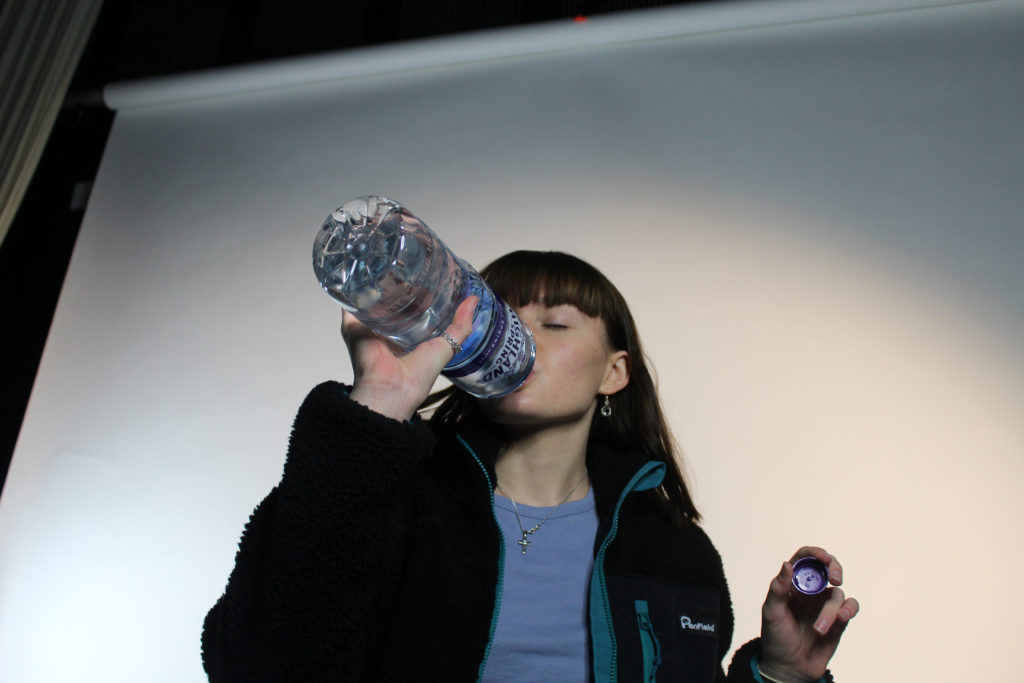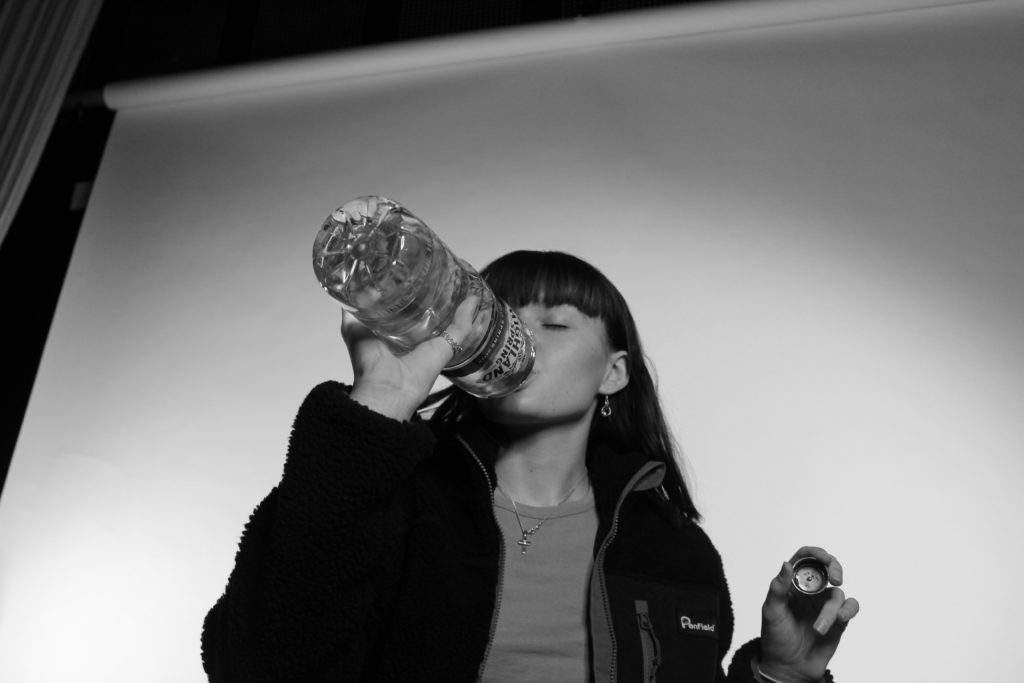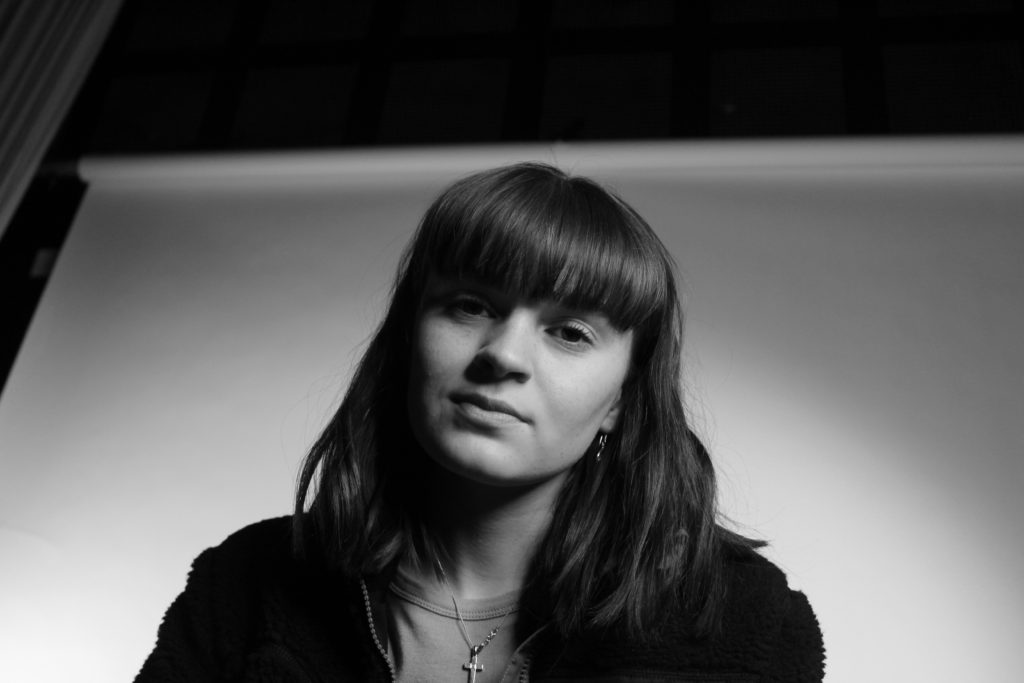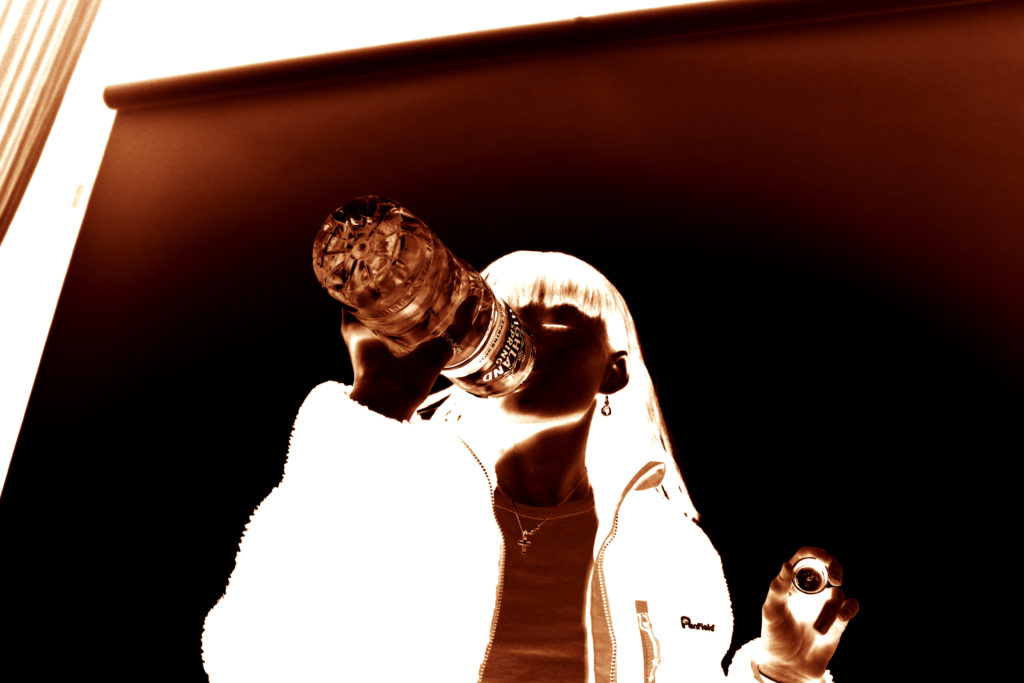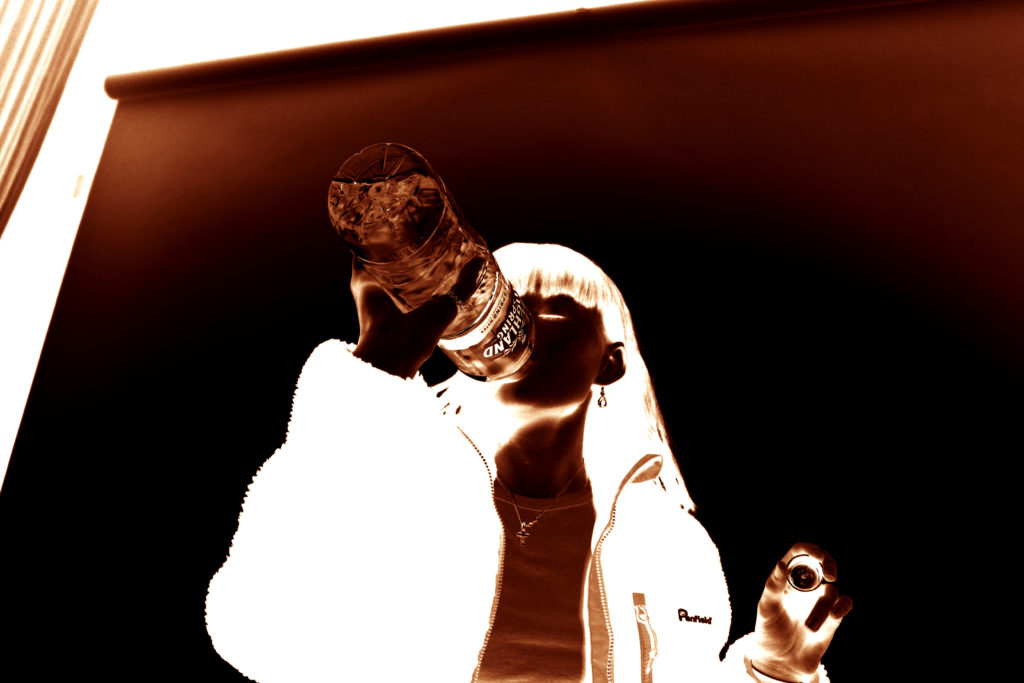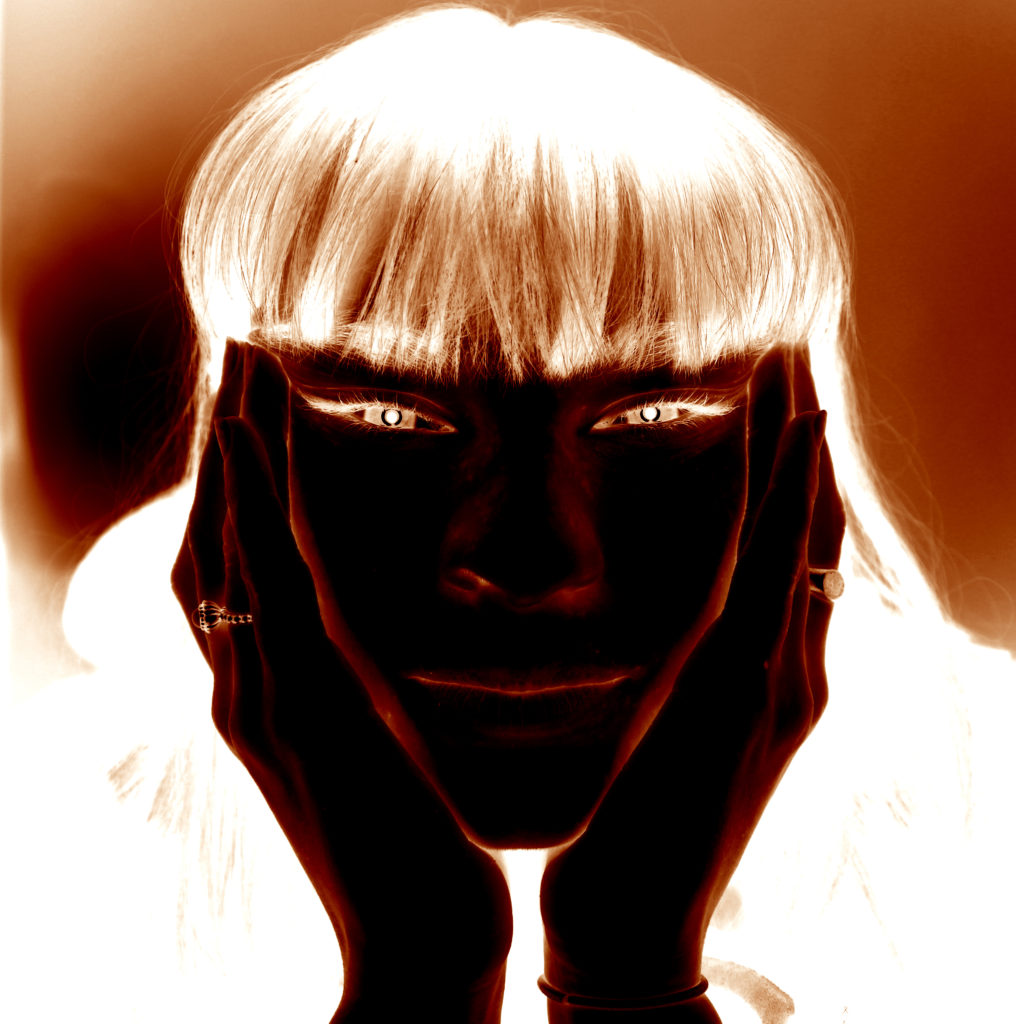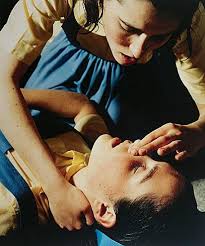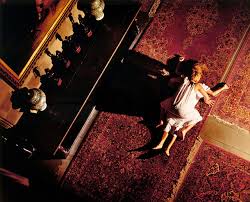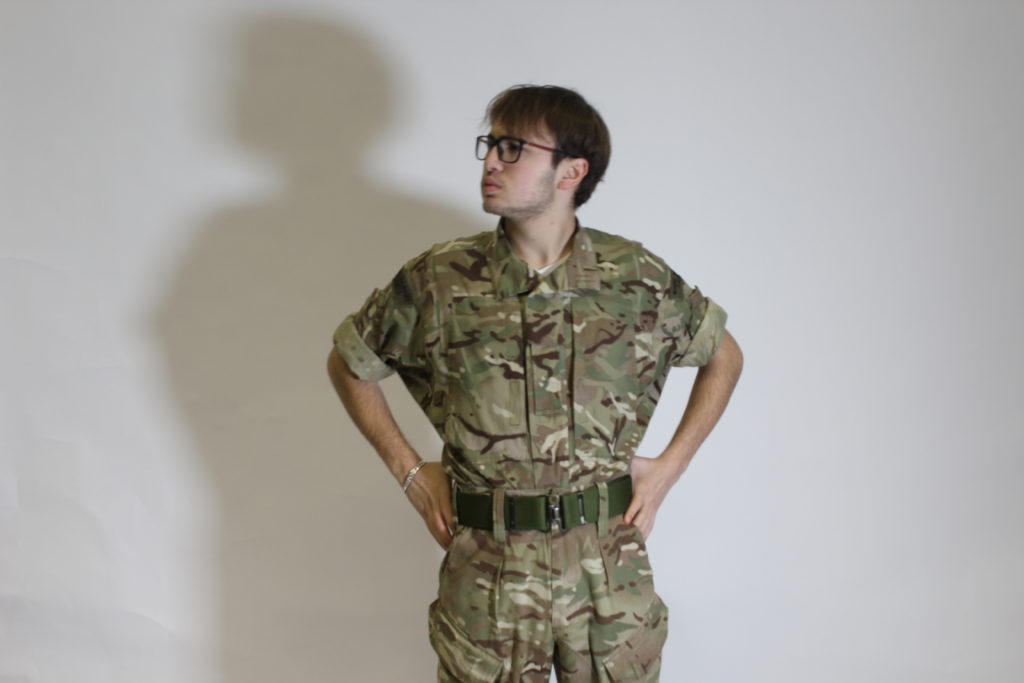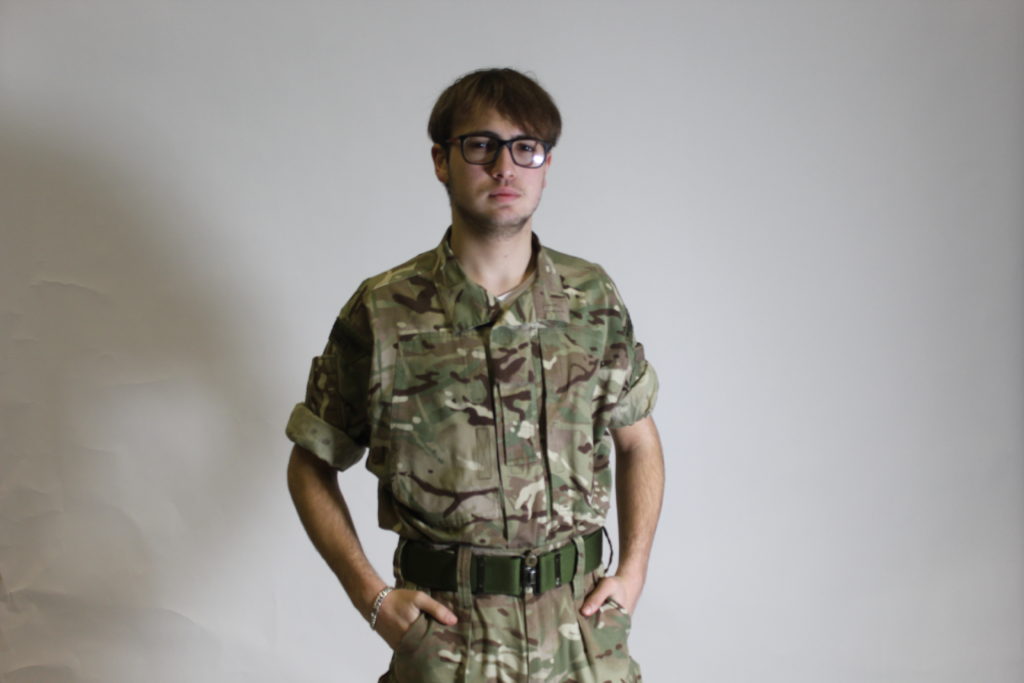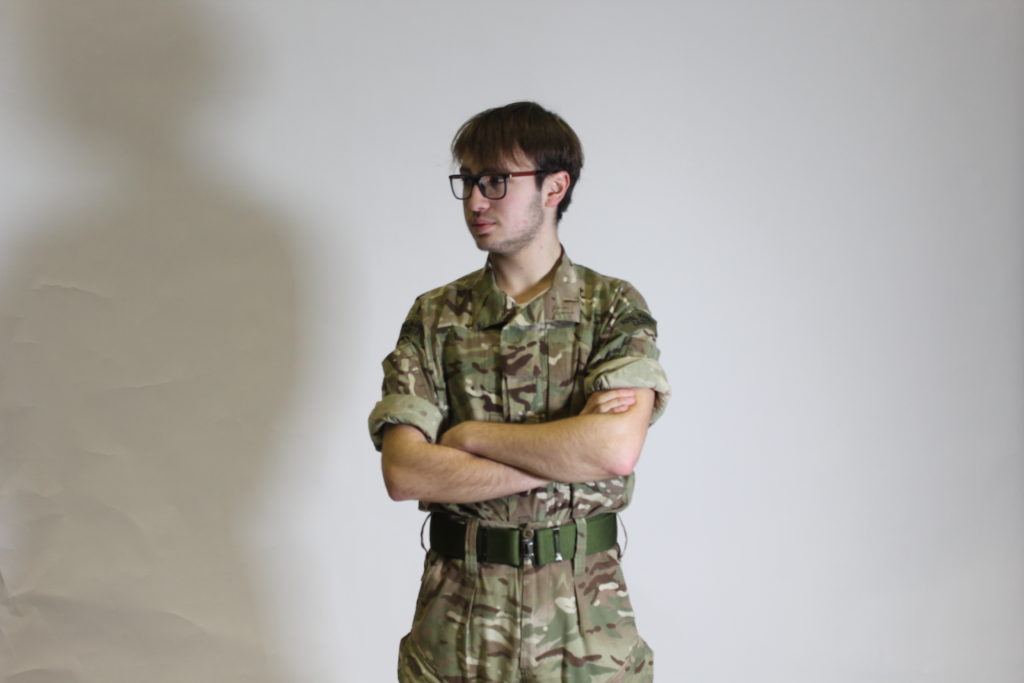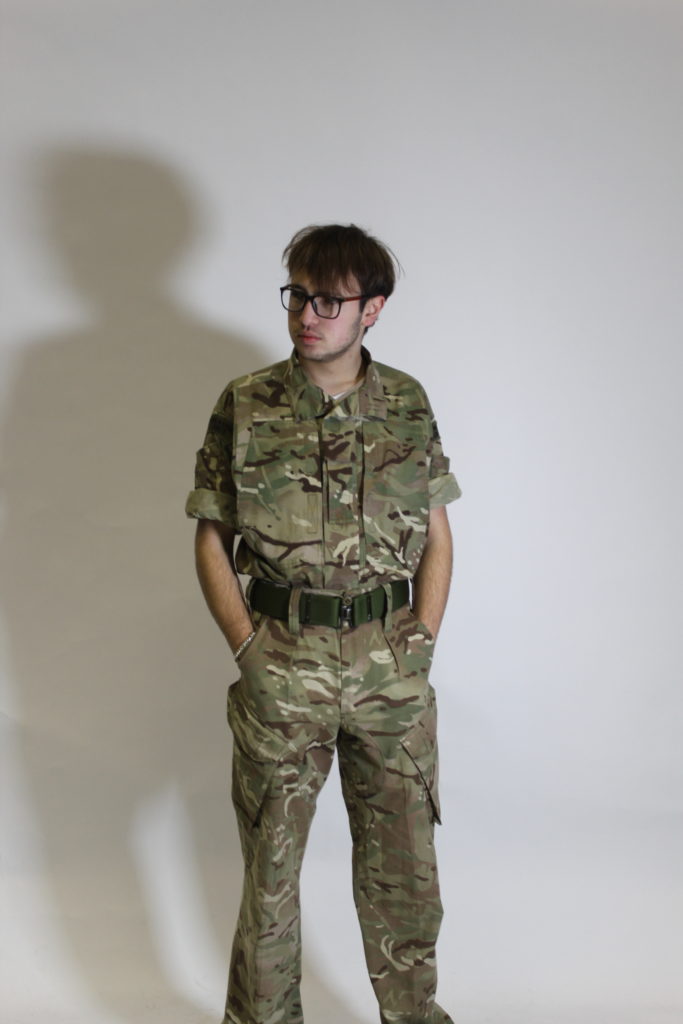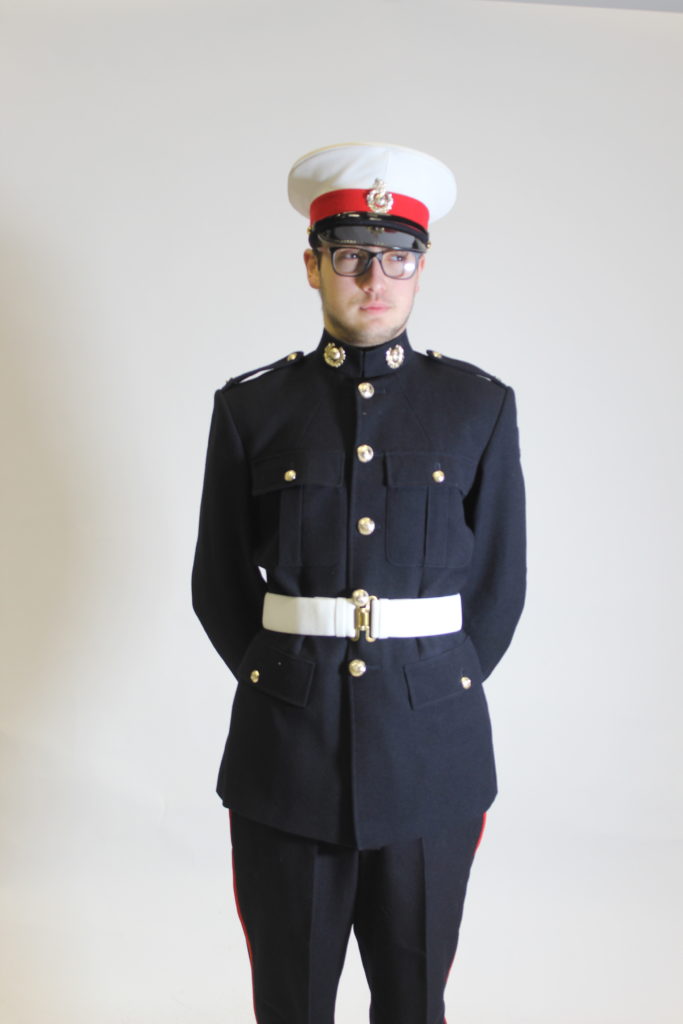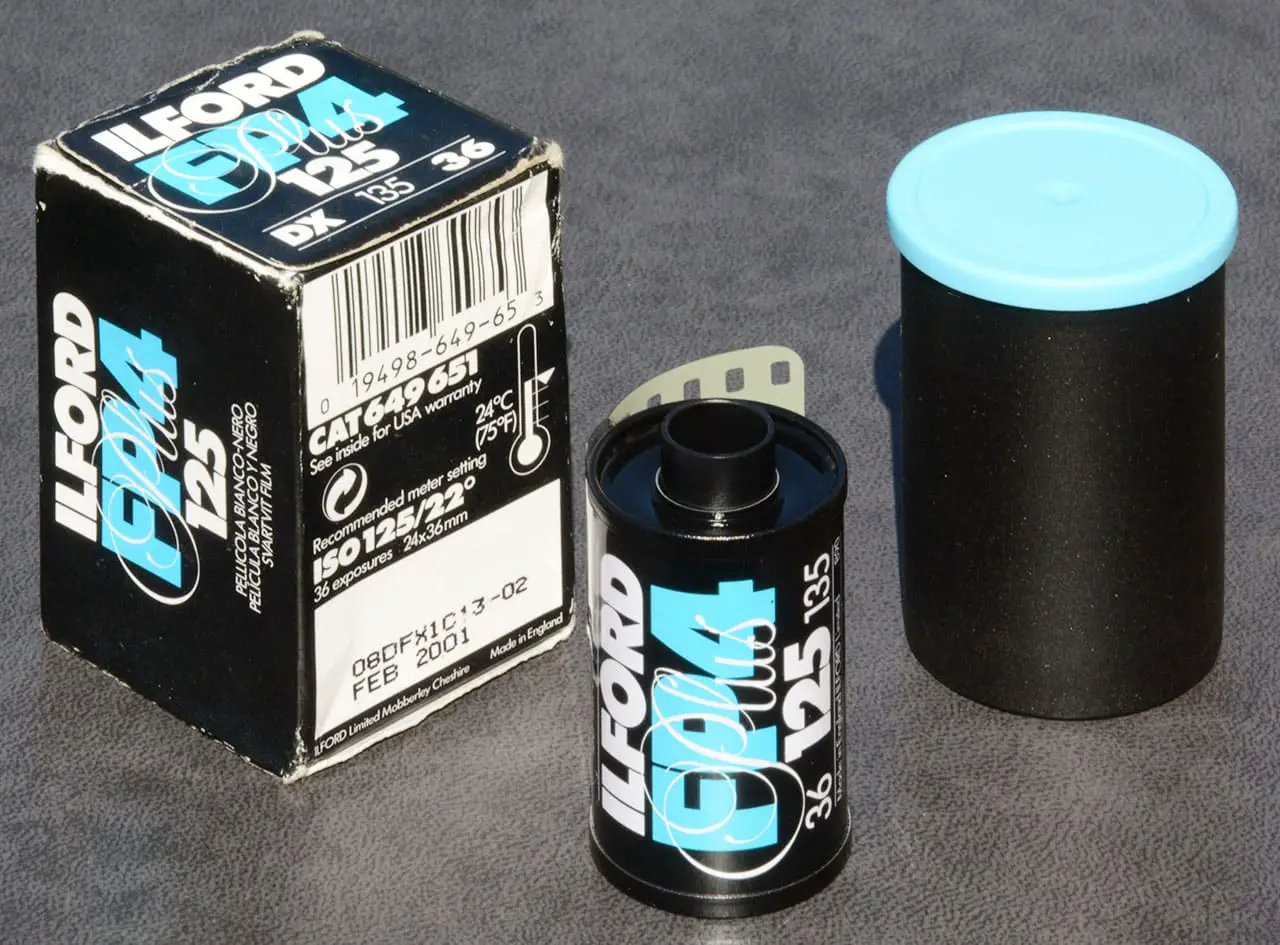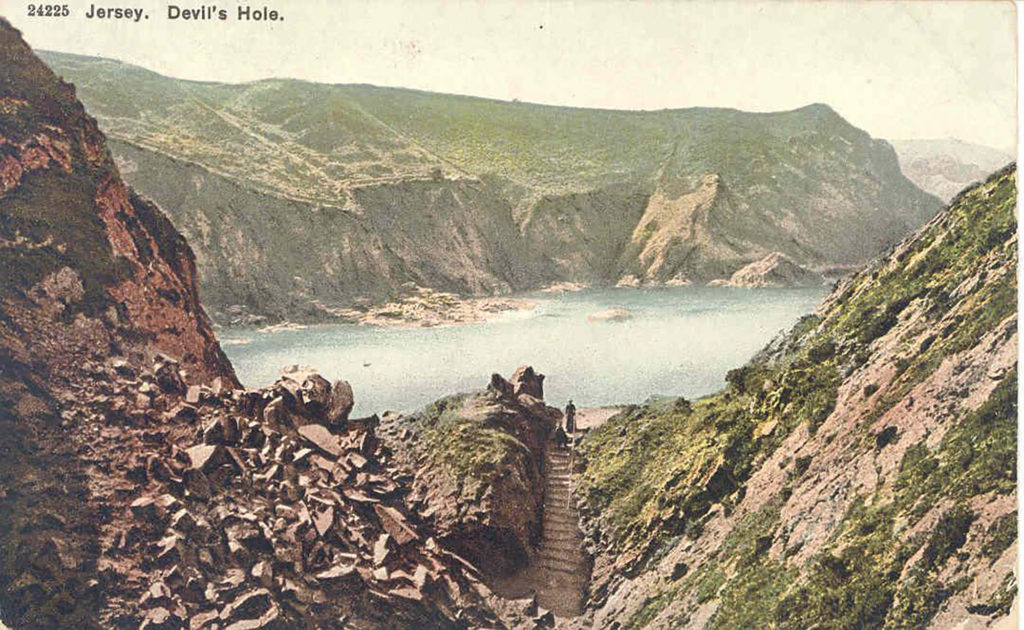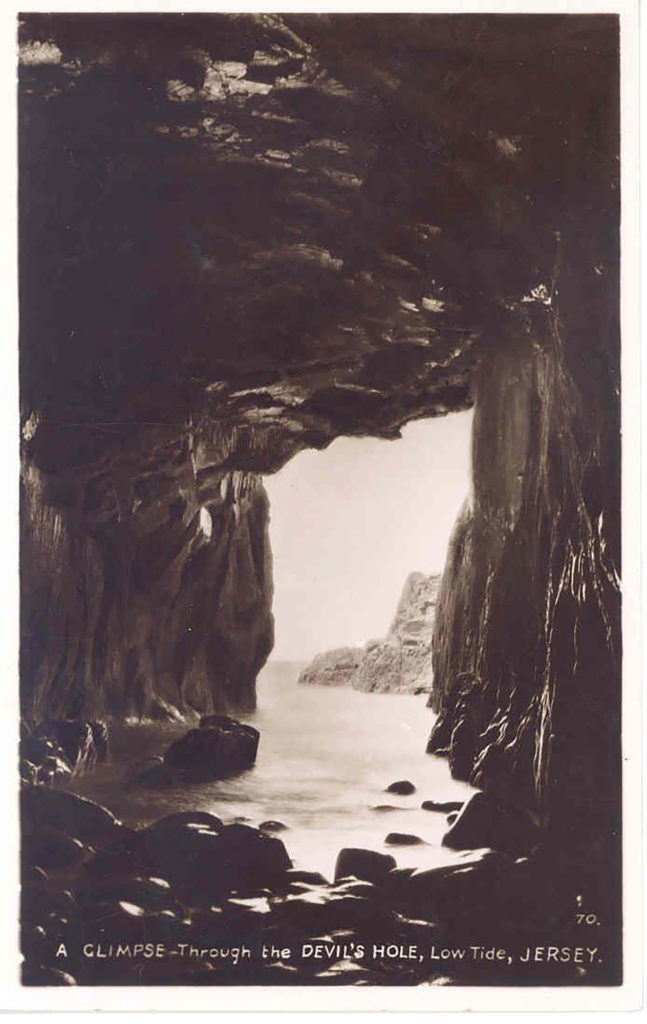DEADLINE: MOCK EXAM!
Mon-WED 10-12 Feb Class 13C & 13E
WED-FRI 12-14 Feb Class 13B
Interim deadline: Essay Draft MON 3 FEB
DEADLINE for Final Prints WED 5 FEB
INTERIM DEADLINE: FRI 7 FEB
DRAFT PHOTOBOOK LAYOUT
IN PREPARATION FOR MOCK EXAM MAKE SURE THE FOLLOWING IS READY BY THE END OF NEXT WEEK:
- A draft layout of your photobook before your Mock Exam day (that time is used to fine tune design with teacher)
- Complete and proof read essay by Mon 10 FEB so it is ready to be incorporated into book design.
- Select final prints (5-6) from book project and put into into shared PRINTING folder here M:\Departments\Photography\Students\Image Transfer\A2 PRINTING.
DEADLINE for submission: WED 5 FEB - Make sure you monitor and track your progress by Fri 31 Jan using planner and tracking sheet below and publish on blog.
PLANNER – Download and save in your folder. Make sure you monitor and track your progress. 2 weeks remaining – including MOCK EXAM!
AT THE END OF YOUR FINAL MOCK EXAM DAY – ALL COURSEWORK MUST BE COMPLETE:
Structure your 3 day mock exam as follows:
Day 1: Complete essay, incl illustrations, referencing and bibliography + publish on blog (essay also needs to be added and presented at the end of your photobook)
Day 2: Complete photobook + blogpost showing design process and final evaluation. Use a combination of print screens + annotation
Day 3: Mount final prints + blogpost showing presentation of your final outcomes + evaluation. Finish and publish any missing blog posts as per planner and tracking sheet.
ESSAY
Include essay in the back of your book. Layout in text columns and make sure to include illustrations of your own images and that of artists, as well as a bibliography. Also publish essay as a separate blogpost
PHOTOBOOK
Final book design checked and signed off by teacher. make sure you have a made a blog post that charts your design decisions, including prints screens of final layout and write an evaluation.
BLURB – ORDER BOOK
Upload book design to BLURB, log onto your account on their website, pay and order the book.
Consider spending a few extra pounds on choosing better paper, such as Premium Lustre in check-out, change colour on end paper or choose different cloth/ linen
BLOGPOST
All blog posts in relation to the above must be published, including any other posts missing from previous work modules since the beginning of A2 academic year ie. Bunker, portraits and objects work, including zines which must be printed and bound ready for assessment and exhibition.
FINAL PRINTS
Select your final prints from book project and make a blog post showing ideas about how to present them.
Extra prints
Save each image in your name as a high-res image (4000 pixels) into shared PRINTING folder here M:\Departments\Photography\Students\Image Transfer\PRINTING
MOUNTING
Complete all mounting of final prints from photobook and all other previous CW projects.
FOLDER
Make sure each print is labelled with your name and candidate number and put in a BLACK folder together with all your other CW produced at AS.
See previous student, Stanley Lucas as a guide on blogposts that needs to be done and published before you the end of your Mock Exam

